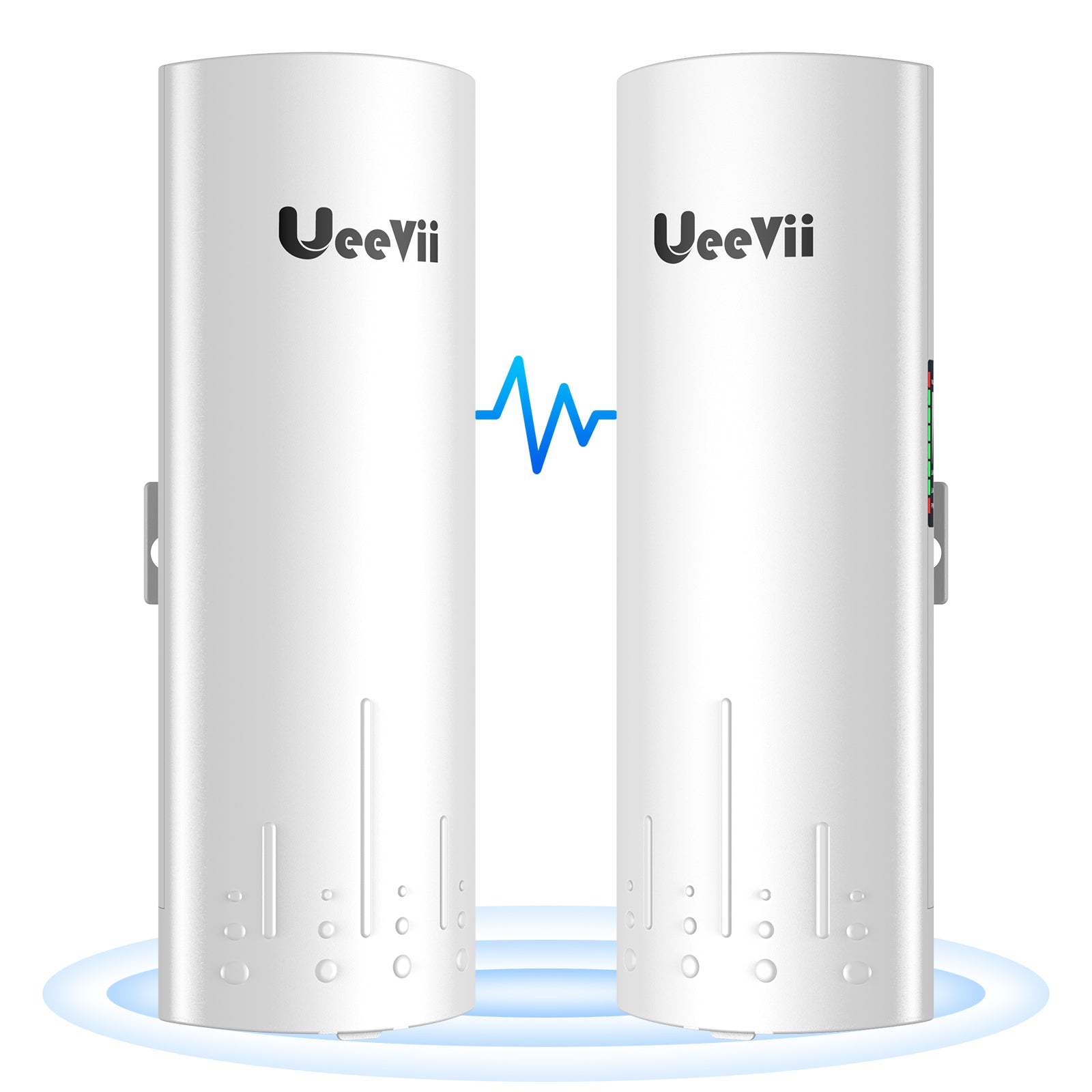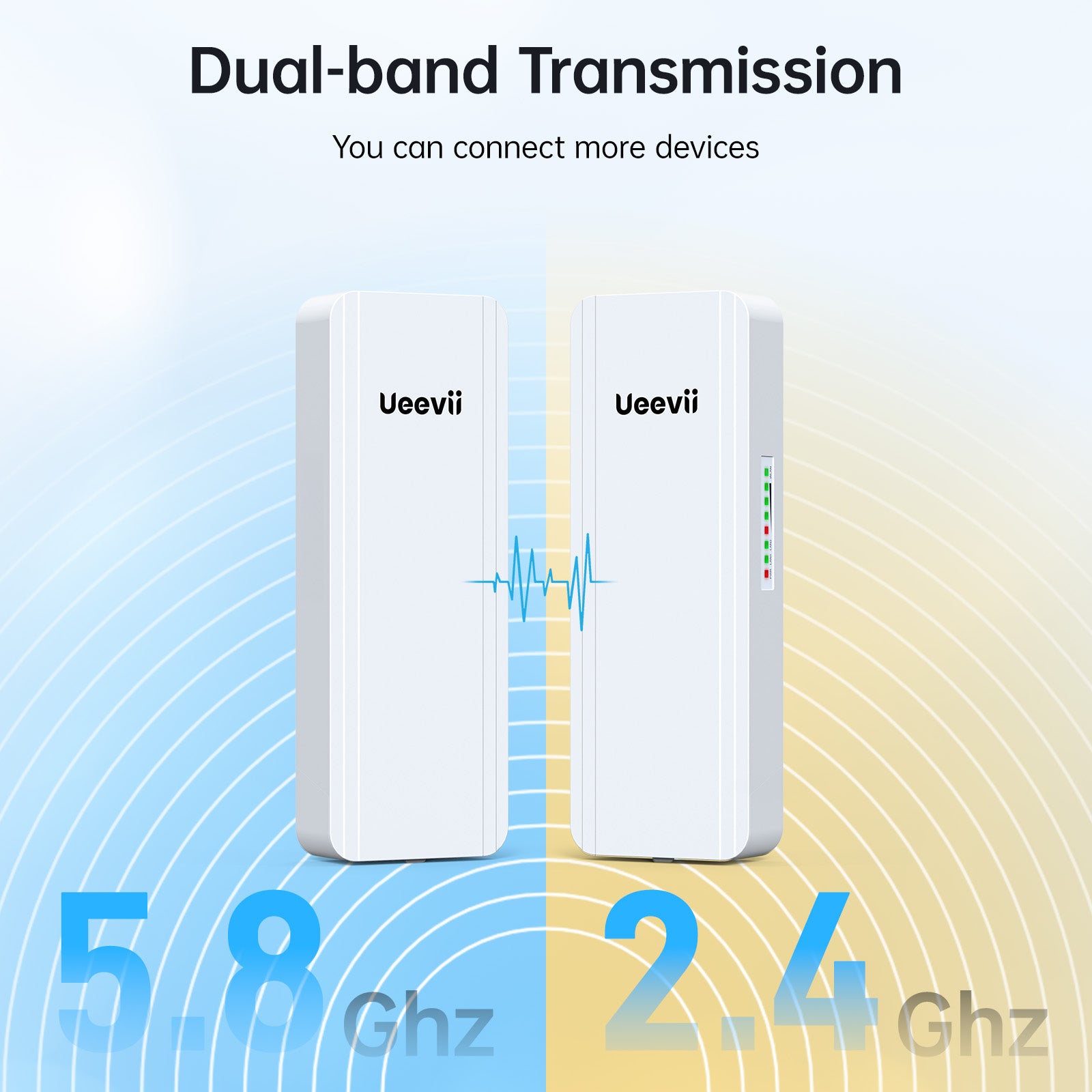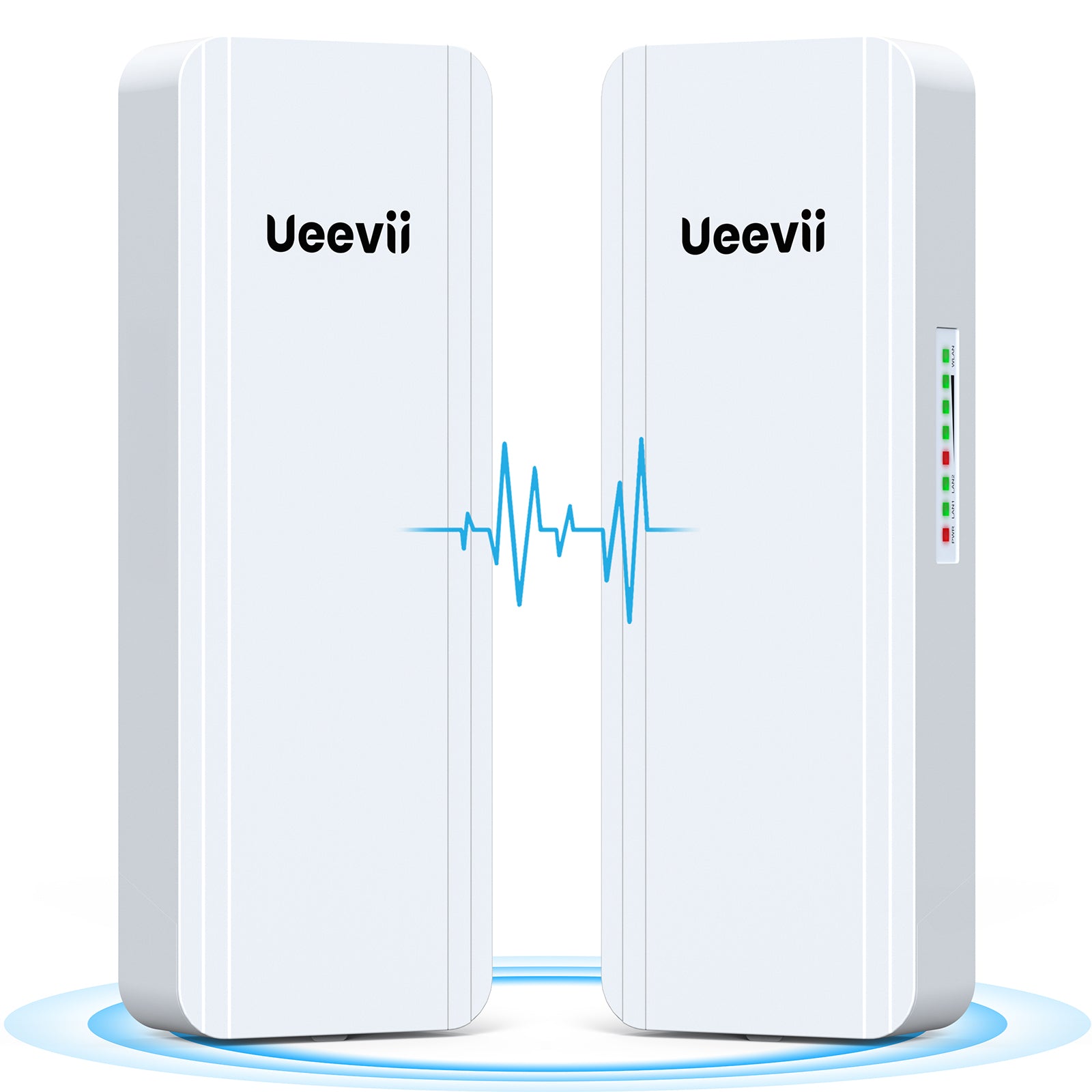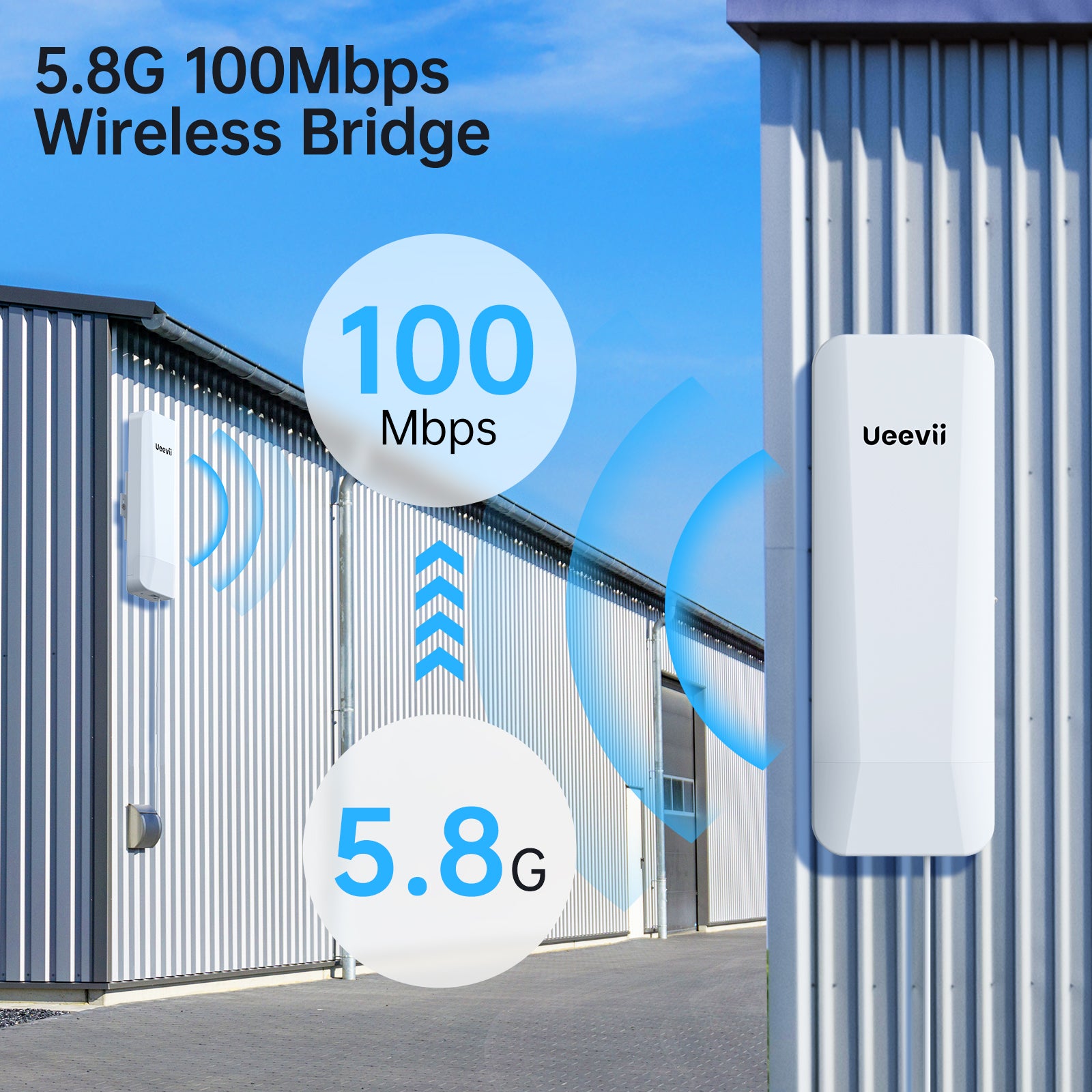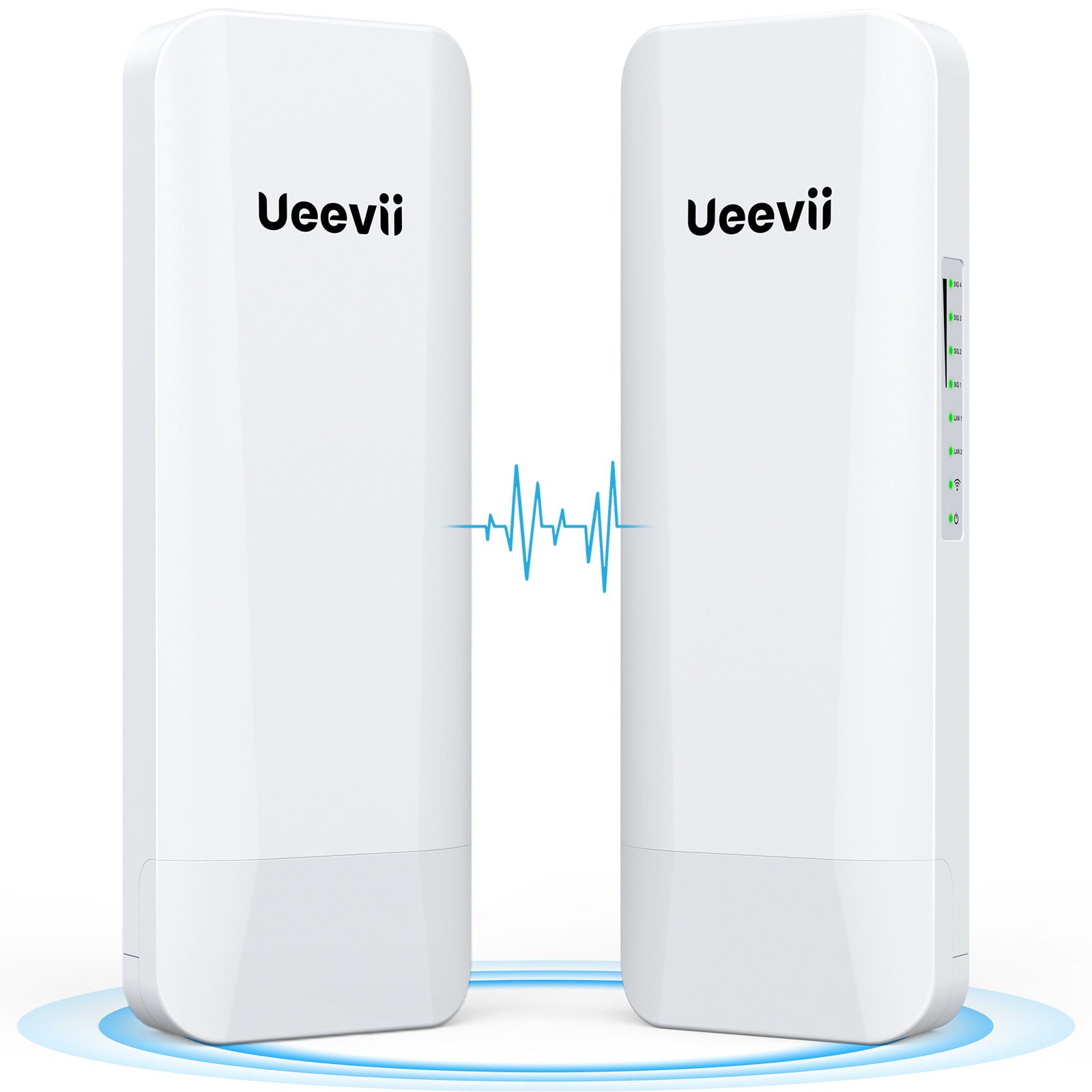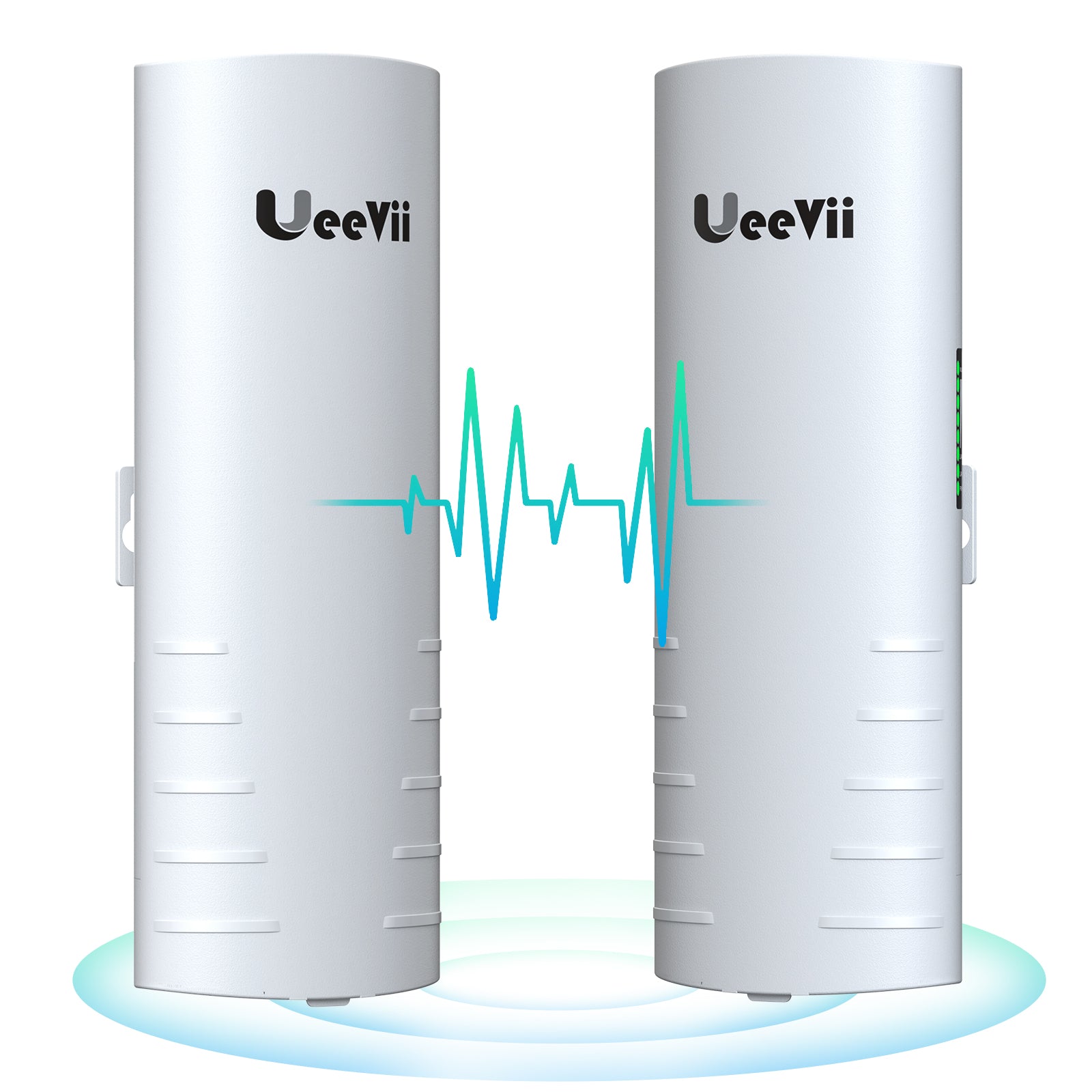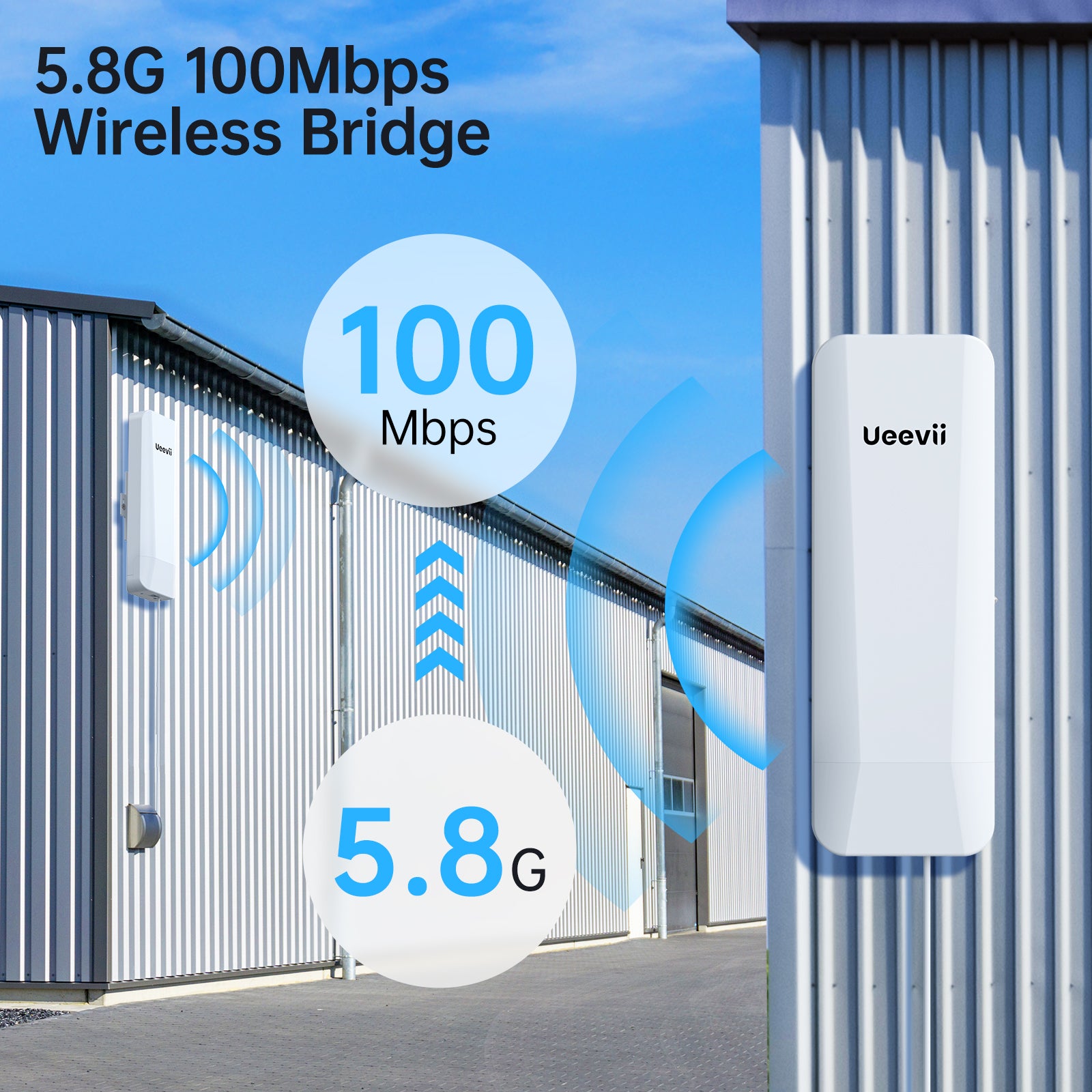Understanding High-Gain Antennas: A Primer for Industry Professionals
What Are High-Gain Antennas?
High-gain antennas boost wireless signals. They aim signals in specific directions. This increases range and quality of the signal. They are key for strong 5GHz wireless bridges. These antennas help send data over long distances. They are important in places where wires can't go. High-gain antennas make networks stable and far-reaching. They are used in homes, offices and in the field.
 The Advantages of Using High-Gain Antennas in 5GHz Applications
The Advantages of Using High-Gain Antennas in 5GHz Applications
High-gain antennas boost signal quality in 5GHz wireless bridges. They offer several clear benefits. First, with stronger signals, the data transfer rate increases. This means faster internet speeds for users. Second, high-gain antennas extend the network’s reach. Areas that once had poor coverage can now connect well. Plus, they reduce the need for extra access points. That saves on costs and installation time. Lastly, these antennas enhance signal stability. Users get a more reliable connection even in tough spots. For 5GHz systems in high-demand settings, the benefits are clear. Strong, stable, and far-reaching signals are essential. In short, high-gain antennas are key to advancing 5GHz wireless tech.
Key Specifications to Look for in High-Gain Antennas
When picking high-gain antennas for 5GHz wireless bridges, consider these specs:
- Gain Level: Look for antennas with a high decibel rating to ensure strong signals.
- Frequency Range: Make sure the antenna can operate within the 5GHz band for optimal performance.
- VSWR (Voltage Standing Wave Ratio): Seek low values for better signal quality.
- Polarization: Check whether linear or circular polarization suits your network needs.
- Beamwidth: Wider for short-range, narrower for long-distance links.
- Durability: Pick antennas that withstand harsh weather.
- Mounting: Ensure compatibility with your installation site.
These are critical to getting the best out of your wireless bridge.
The Impact of High-Gain Antennas on 5GHz Wireless Bridge Systems
Enhancing Network Coverage and Reliability
High-gain antennas are vital for 5GHz wireless bridge systems. They boost signal reach and strength. This ensures stable connections over greater distances. It reduces the need for repeater nodes, saving on costs and complexity. High-gain antennas do this by focusing the transmission power in a specific direction. This results in better signal quality and reduces interference. This reliability is key in many fields, like emergency services and remote internet access. Overall, they are critical for enhancing network coverage and dependability.
The Role of High-Gain Antennas in IoT Deployment
In the field of IoT, 5GHz wireless bridges with high-gain antennas are game-changers. These antennas enable long-range connections for IoT devices, ensuring data flows fast and far. They boost signal strength and cut through interference, vital for reliable smart systems. With higher gains, remote sensors and gadgets link smoothly, even in dense urban areas or tough rural settings. They ease the strain on networks as IoT demands grow. The antennas make it simpler for devices to 'talk' to each other, making smart cities and homes work better. This is why these antennas are key for the IoT revolution.
Compliance and Regulation Considerations in the United States
In the United States, the use of high-gain antennas in 5GHz wireless bridge setups must meet specific rules. The Federal Communications Commission (FCC) sets these rules to ensure safety and prevent signal interference. Users should know the legal gain limits and power output restrictions for these antennas. It is also key to check for FCC certification on any high-gain antenna product. This helps to avoid legal issues and ensures network integrity. All this helps the U.S. to keep a reliable and safe wireless infrastructure.
Future Trends in 5GHz Wireless Bridge Technologies
Innovations in High-Gain Antenna Design
Innovations in high-gain antenna design are pivotal for 5GHz wireless bridge evolution. These include advancements in materials that boost signal performance. Designers are also refining antenna shapes to better capture and direct frequencies. Smarter integration with devices helps reduce interference. Next, software advancements are improving how antennas adapt to signal changes. All these steps aim to make 5GHz bridges more efficient and reliable.
The Future of Connectivity: Antennas and the 5G Revolution
The 5G revolution is set to redefine connectivity. With its faster speeds and lower latency, 5G will demand more from antennas. This is where high-gain antennas for 5GHz wireless bridges come in. They are crucial for 5G's success.
These antennas will need to handle more data and connect over greater distances. They will also have to work with new 5G bands. High-gain antennas will help make 5G a reality everywhere, not just in busy cities.
In the future, we can expect antennas that are smarter and more efficient. They will adapt to how we use the internet. And they will help bring 5G speeds to places still waiting for faster internet. The 5G push will make better antennas a top priority.
How High-Gain Antennas Are Shaping Industry Standards
High-gain antennas are changing the game for industry standards. Their ability to boost signal strength is crucial. This results in more efficient 5GHz wireless bridge systems. Wireless standards now often require stronger and more stable signals. Therefore, high-gain antennas are a big part of new wireless criteria. They ensure better connectivity over longer distances. This is key in areas like smart cities and large-scale networks. In the future, we can expect industry standards to focus even more on these antennas. They will be vital for supporting advanced technologies like 5G. Short, simple sentences make the content easy to read and understand.






